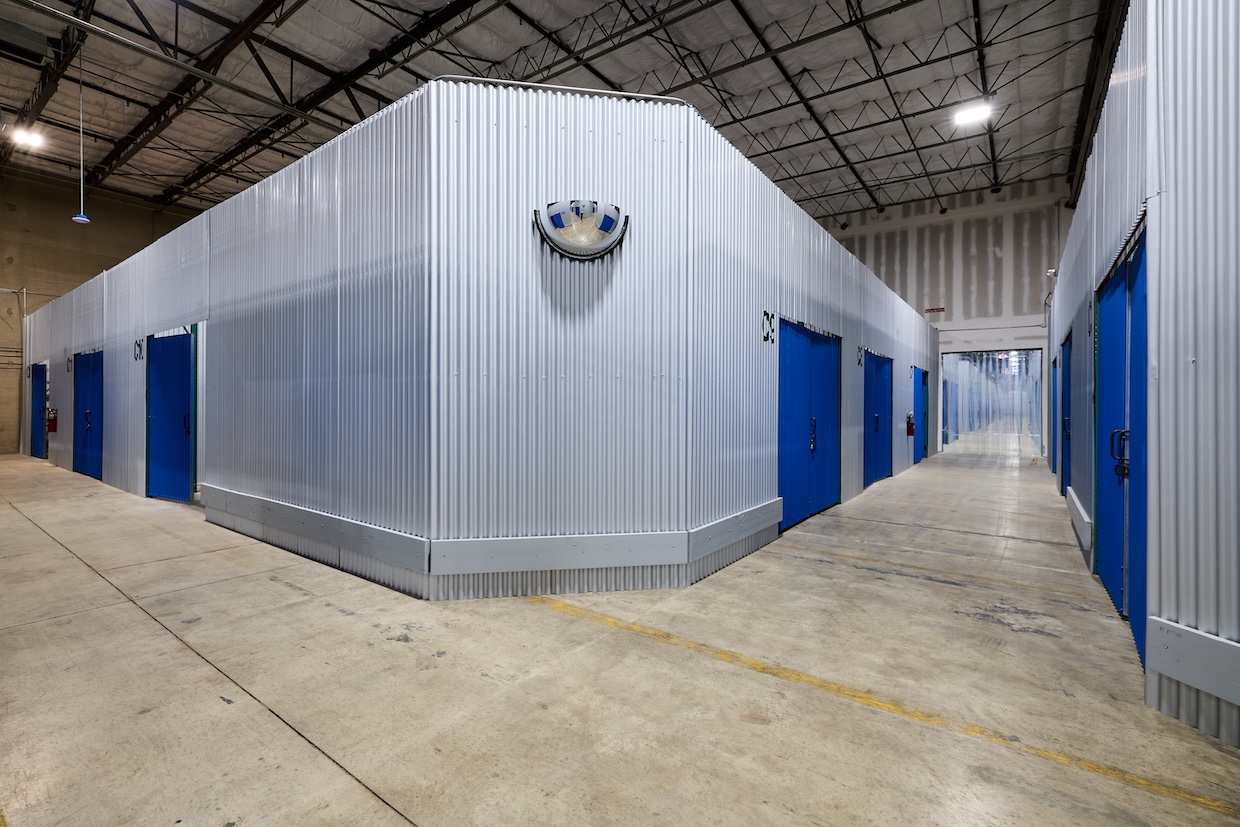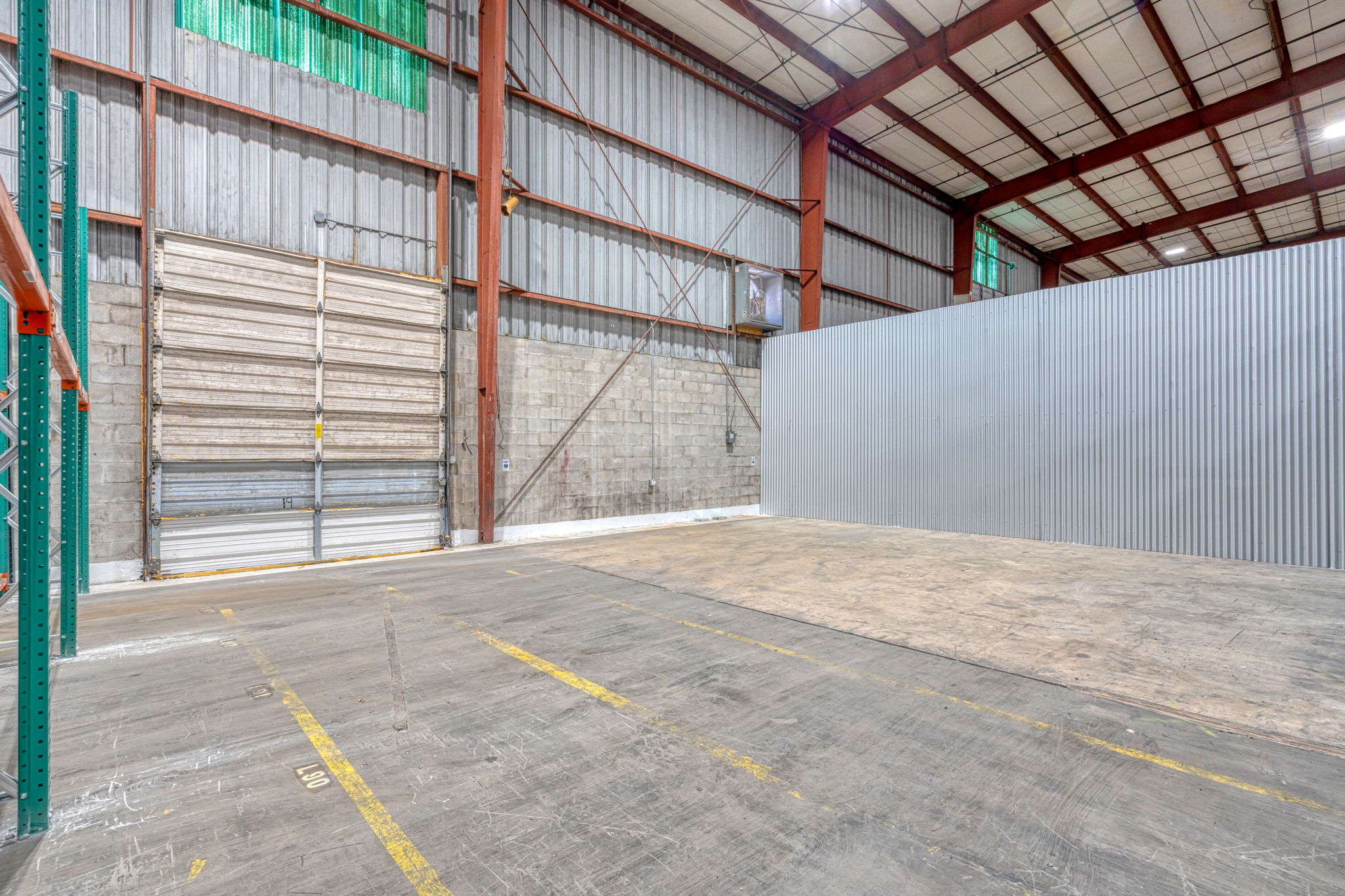Last-Mile Delivery Solutions: How the Right Warehouse Location Cuts Delivery Costs
Last-mile delivery—the final step of transporting products from a distribution center to the customer’s doorstep—typically accounts for 30-40% of total shipping costs. For businesses struggling with rising logistics expenses, the strategic placement of warehouse facilities can dramatically reduce these costs while improving customer satisfaction.
The True Cost of Last-Mile Delivery
The “last mile” may be the shortest distance in the supply chain, but it creates disproportionate expenses:
- High labor costs: Drivers spend more time per package due to multiple stops
- Fuel inefficiency: Stop-and-go driving in urban areas consumes more fuel
- Failed deliveries: When customers aren’t available to receive packages
- Vehicle maintenance: City driving accelerates vehicle wear and tear
- Time sensitivity: Meeting same-day and next-day delivery expectations
For many businesses, these expenses can mean the difference between profitability and loss on each order.
Why Warehouse Location is Your Most Powerful Cost-Cutting Tool
While technology and route optimization matter, nothing impacts last-mile costs more than your warehouse location. Here’s why:
1. Proximity Dramatically Reduces Delivery Distance
Each mile matters in last-mile delivery:
| Distance to Delivery Zone | Avg. Cost Per Package | Daily Packages | Monthly Cost |
|---|---|---|---|
| 30+ miles | $8.30 | 200 | $49,800 |
| 15-30 miles | $6.20 | 200 | $37,200 |
| 5-15 miles | $4.75 | 200 | $28,500 |
| Under 5 miles | $3.90 | 200 | $23,400 |
These figures represent industry averages and will vary by region and business model.
The potential monthly savings of a well-located warehouse can exceed $25,000 per month compared to poorly positioned facilities.
2. Delivery Time Windows Expand
When your warehouse is closer to customers:
- Delivery windows can extend later into the day
- More deliveries can be completed per route
- Same-day delivery becomes feasible
- Time buffer for unexpected delays improves reliability
3. Lower Carbon Footprint
Sustainability isn’t just good for the planet—it’s increasingly important to consumers and can reduce costs:
- Shorter routes mean less fuel consumption
- Reduced emissions from shorter drive times
- Fewer vehicles needed to serve the same area
- Potential for alternative delivery methods (bikes, electric vehicles)
Strategic Warehouse Placement: Key Factors to Consider
Population Density Analysis
The ideal warehouse location balances:
- Proximity to customer concentration: Map your customer base to identify hotspots
- Real estate costs: Finding affordable space near high-density areas
- Multiple smaller facilities vs. one large center: For some businesses, several smaller locations may be more effective than one central hub

Transportation Infrastructure
Your warehouse should have easy access to:
- Major highways: For inbound shipment receiving
- Low-congestion routes: To reduce time lost in traffic
- Alternative paths: Options during road closures or construction
- Public transportation: For warehouse staff commuting
The Micro-Location Matters
Even within a general area, small differences in location can have major impacts:
- Loading zones: Adequate space for delivery vehicles
- Parking availability: For staff and delivery vehicles
- Traffic patterns: One-way streets and rush hour congestion
- Turn restrictions: Some areas limit commercial vehicle movements
- Local ordinances: Noise restrictions or time-of-day limitations
Warehouse Location Models for Different Business Types
E-commerce Retail
Best strategy: Multiple mid-sized facilities in urban areas
- Focus on proximity to residential areas
- Prioritize locations that enable same-day delivery
- Consider population density over warehouse costs
- Example target: 80% of customers within 10 miles
B2B Distribution
Best strategy: Fewer, larger facilities near business districts
- Prioritize access to industrial/commercial zones
- Focus on major transportation corridors
- Consider accessibility for larger delivery vehicles
- Example target: Coverage of key business zones with 2-hour delivery windows
Omnichannel Retail
Best strategy: Hybrid model with urban micro-fulfillment centers
- Store-adjacent fulfillment centers for fast replenishment
- Strategic warehouse hubs for broader distribution
- Click-and-collect capabilities at retail locations
- Example target: 90% of stores restockable within 24 hours
Real-World Cost Savings Examples
Case Study 1: Urban Edge Positioning
A medium-sized electronics retailer moved their distribution center from 25 miles outside the city to an urban-adjacent location 8 miles from the city center.
Results:
- Delivery cost reduction: 22%
- Average delivery time: Decreased from 26 hours to 9 hours
- Failed delivery rate: Reduced by 15%
- Customer satisfaction: Increased by 28%
Case Study 2: Multi-Node Network
A home goods company transitioned from one central warehouse to three smaller facilities positioned strategically around their major market.
Results:
- Fuel costs: Reduced by 34%
- Delivery vehicle requirements: Decreased from 22 to 17 vehicles
- Same-day delivery capability: Expanded to 65% of customers
- Route efficiency: Improved by 41%
How to Evaluate Potential Warehouse Locations
1. Create a Customer Density Map
- Plot current customer locations
- Identify high-density zones
- Calculate the “center of gravity” for deliveries
2. Analyze Transportation Costs
For each potential location, calculate:
- Average distance to customer
- Estimated fuel costs
- Labor hours for delivery
- Vehicle maintenance projections
3. Consider Facility Costs vs. Delivery Savings
Balance:
- Rent/purchase price
- Utility costs
- Labor market and wage rates
- Tax implications
- Potential delivery savings
4. Test Multiple Scenarios
Use modeling software or spreadsheet analysis to:
- Compare different locations
- Test seasonal variations
- Project growth scenarios
- Model different fleet configurations
Implementation Timeline: Transitioning to Better Locations
Relocating warehouse operations requires careful planning:
Months 1-2: Analysis
- Map current customer base
- Identify potential locations
- Calculate cost-benefit analysis
Months 3-4: Facility Selection
- Visit potential locations
- Negotiate lease terms
- Plan facility layout
Months 5-6: Transition Planning
- Develop inventory transfer strategy
- Hire and train staff
- Update routing software
Months 7-8: Operational Transition
- Phase in new facility
- Gradually redirect deliveries
- Monitor performance metrics
Month 9+: Optimization
- Fine-tune delivery routes
- Adjust staffing levels
- Evaluate performance against projections
Technology Enhancements for Better Last-Mile Performance
While location is paramount, these technologies can further optimize your last-mile delivery:
Route Optimization Software
- Dynamic routing based on traffic conditions
- Customer time-window prioritization
- Multiple-stop efficiency planning
Real-Time Tracking Systems
- Driver location monitoring
- Automated customer notifications
- Delivery exception management
Loading Efficiency Tools
- Optimized vehicle loading patterns
- Scan-based verification
- Digital manifests and proof of delivery
Conclusion: The Long-Term Impact of Strategic Warehouse Placement
The right warehouse location delivers benefits beyond immediate cost savings:
- Competitive advantage: Faster delivery times than competitors
- Scalability: Room to grow without relocating again
- Customer loyalty: Reliable delivery builds repeat business
- Operational flexibility: Ability to adapt to changing market needs
As e-commerce continues to grow and customer expectations for rapid delivery increase, strategic warehouse placement isn’t just a cost-saving measure—it’s a business imperative.
By critically evaluating your current distribution network and considering how relocating or adding facilities could improve your last-mile delivery, you can simultaneously reduce costs and improve customer satisfaction.


